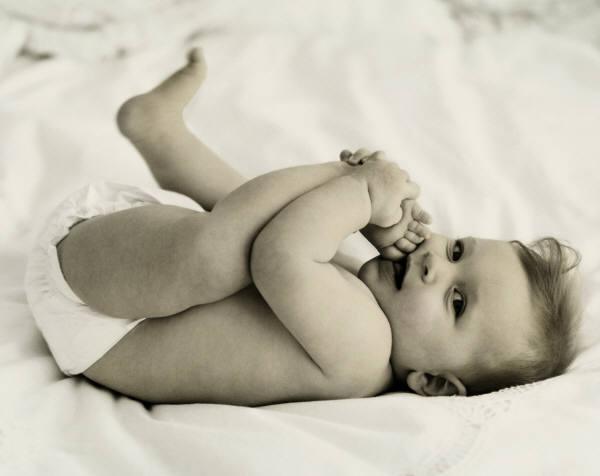
On a hill to the east of the village is Our Lady of Carmel, a neo-classical church built in 1885 for the devout Macanese Catholics.

Paths wind down from the church square through the hillside Carmel Gardens to the Avenida da Praia, a tree-lined pedestrian area which harks back to the early days of the 20th century. Five restored Mediterranean style residences for high superiors and Macanese families of the 1920s make up the Casa Museu da Taipa (Taipa Houses Museum). The five buildings consist of the Macanese House, House of the Islands, House of the Portugal Regions, Exhibition Gallery and House for Reception. The Macanese House is one of Macau's typical houses combining both European and Chinese design, a reflection of the families' Eurasian heritage. It has a dining and living room, study, kitchen, upstairs bedrooms and large verandas, and is filled with period furniture, paintings, art, and personal artifacts from the beginning of the 20th century. The House of the Islands is a museum that exhibits the history of the Taipa and Coloane Islands, with the islands’ past and present told through historical traces, figures and written descriptions. The House of the Portugal Regions exhibits Portuguese costume from different regions while the Exhibition Gallery serves as a venue to host different kinds of exhibitions periodically. The House of Reception is closed to the public, and is used only for private or government reception, as well as cultural events and gastronomy festivals.

We then took a bus to Coloane, connected to Taipa via a huge strip of reclaimed land called COTAI, which has essentially made the two islands one. Colôane once served as a haven for pirates who preyed upon the rich trading ships passing by. The last pirate raid was as late as 1910, when bandits kidnapped 18 children and demanded ransom. Government forces eventually overpowered the pirates, freeing all the children. Along the coast is the laid-back, quaint community of Colôane Village. The social center of the village revolves around a small, tiled square, which is lined on two sides with cloistered cafes. In its center is a monument erected in 1928 to commemorate those who fought in the 1910 battle against the pirates. At its end is the small but sweet Chapel of St. Francis Xavier, built in 1928 and dedicated to Asia's most important and well-known Catholic missionary.


Walking south along the waterfront promenade is the Tam Kung temple, dedicated to the Taoist God of Seafarers. There’s also a Tin Hau Temple nearby.


The popular Lord Stow's Bakery at the Colôane Town Square, serves what some contend is Macau's best Portuguese egg tarts. We bought some home as well, and they were still good even after 2-3 days, after reheating in the oven.

It was almost noon when we caught the bus back to our hotel, checked out, and took a quick lunch before heading back to Taipa again to the Macau International Airport for our flight back home.







2 comments:
Macau looks nice...how's the food? Wondering if we should make a trip there before I go home. Wanna know what you think :)
Kittycat - I like Macau, it's like nothing I've seen before, a blend of Chinese and European influences. I think you should make a trip there, and spend maybe 3D/2N. Food was good - their wantan noodles, porridge, etc got HK standard. Heard that Portugese food is great too, though we didn't manage to try in the short time we were there.
Post a Comment